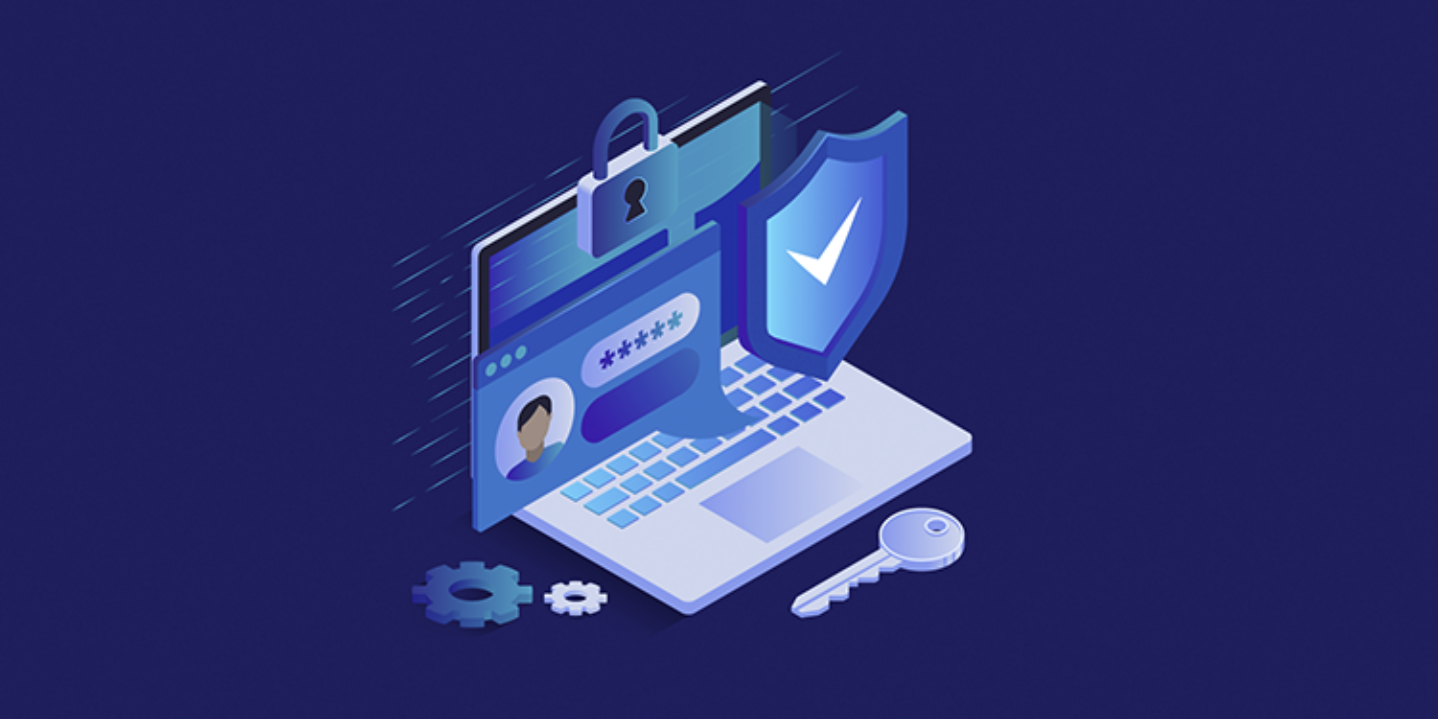
Phishing Attacks: A Detailed Overview
Abstract
Phishing attacks are one of the most significant cybersecurity threats today, often involving deceptive emails and fraudulent websites. These attacks aim to trick individuals into sharing sensitive information like login credentials, financial details, and personal data. Phishing tactics are constantly evolving, making it essential to understand how these attacks work and the countermeasures available. This article delves into the various forms of phishing, their impact, and how to defend against them.
Introduction
Phishing attacks are designed to exploit trust and deceive users into revealing personal information. These attacks are typically carried out through emails or fake websites that appear legitimate but are created to steal sensitive data. Phishing is particularly dangerous because it targets individuals and organizations, leading to identity theft, financial loss, and data breaches. The deceptive nature of phishing makes it difficult for users to identify, which is why raising awareness and understanding the different types of phishing attacks is critical in preventing them.
Types of Phishing Attacks
Phishing attacks come in several forms, each with its own method of tricking users:
- Email Phishing: This is the most common type of phishing attack, where malicious emails are sent to users, pretending to be from trusted sources. The email often contains a link to a fake website that steals login credentials or installs malware.
- Spear Phishing: Unlike general phishing, spear phishing targets specific individuals or organizations. The attacker customizes the message to appear highly relevant to the victim, making it more convincing.
- Whaling: This is a more targeted form of phishing, usually aimed at high-profile individuals, such as executives. The attacker often sends emails or other messages designed to steal sensitive business information.
Phishing Attack Stages
Phishing attacks typically follow a series of steps:
- Initial Contact: The attacker sends a deceptive message, often via email, containing a malicious link or attachment.
- Victim Engagement: The user clicks on the link or opens the attachment, which leads to the next phase.
- Credential Theft: The victim is redirected to a fake website that collects login credentials, financial details, or other sensitive information.
- Data Exploitation: The attacker uses the stolen information for financial gain, identity theft, or further attacks.
Phishing Statistics
Recent data shows that phishing remains a leading cause of cybercrime. Between 2014 and 2015, phishing attacks, particularly spear-phishing, saw significant growth. In 2016, it was reported that 70% of IoT devices were vulnerable to phishing attacks. Furthermore, phishing accounted for a significant portion of cyberattacks, with many leading to data breaches and financial loss.
Phishing Life Cycle
The phishing life cycle involves several stages, from initial contact to data theft. Attackers use various techniques to bypass security measures and trick users into engaging with phishing emails or websites. The phishing cycle typically involves:
- Email Spoofing: The attacker sends fraudulent emails that appear to come from a trusted source.
- Redirection to Fake Sites: The user is directed to a fake website that mimics a legitimate one, often used to steal credentials.
- Data Collection and Exploitation: The attacker collects the stolen data and uses it for malicious purposes, such as committing fraud or accessing secure accounts.
Motivation Behind Phishing
Phishing attacks are primarily motivated by financial gain. Attackers aim to steal sensitive information such as bank details, credit card numbers, and login credentials. Once obtained, these details can be used to make unauthorized transactions, commit fraud, or sell the information on the black market. Phishing is a low-cost, high-reward method for cybercriminals.
Spoofing and Social Engineering
Spoofing is a key technique in phishing attacks, where attackers manipulate email addresses or website URLs to appear legitimate. Social engineering is also widely used, as attackers rely on manipulating victims into revealing sensitive information by building trust and exploiting human emotions such as fear or urgency.
Technical Perspective
Phishing attacks are often enabled by technical vulnerabilities such as cross-site scripting (XSS), session hijacking, and DNS poisoning. XSS vulnerabilities allow attackers to inject malicious code into websites, while session hijacking involves stealing session cookies to gain unauthorized access to user accounts. DNS poisoning attacks redirect users to malicious websites by corrupting the DNS records, making it easier for attackers to intercept data.
Preventing Phishing Attacks
To protect against phishing, individuals and organizations should:
- Be Cautious with Emails: Always verify the sender’s email address, especially if the email asks for sensitive information or urges immediate action.
- Check Website URLs: Before entering personal information on a website, make sure the URL is legitimate and uses HTTPS encryption.
- Use Multi-Factor Authentication (MFA): Enabling MFA adds an extra layer of security, making it harder for attackers to gain access to accounts even if they have stolen login credentials.
- Educate Users: Awareness training for employees or individuals about the risks of phishing can significantly reduce the likelihood of falling victim to these attacks.
- Implement Anti-Phishing Technologies: Tools like spam filters, email verification, and DNS security can help block phishing attempts before they reach the user.
Conclusion
Phishing remains one of the most pervasive and damaging cyber threats. By understanding how phishing attacks work and implementing preventive measures, individuals and businesses can reduce the risk of falling victim to these scams. Being vigilant, cautious, and proactive is essential in staying safe from phishing and other cyber threats.













